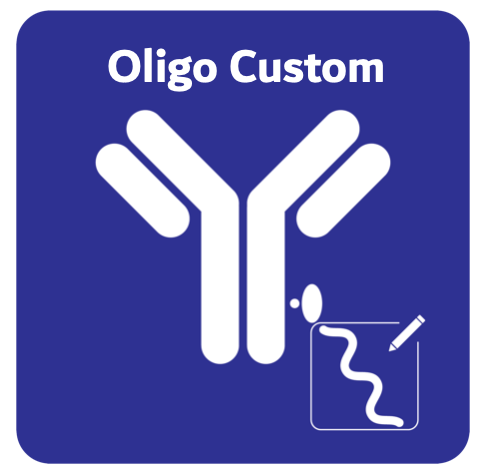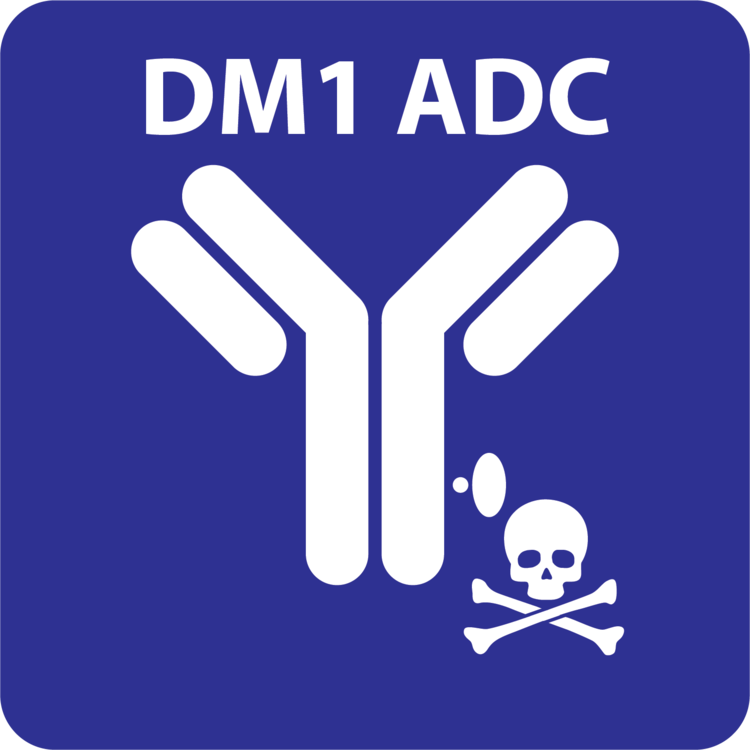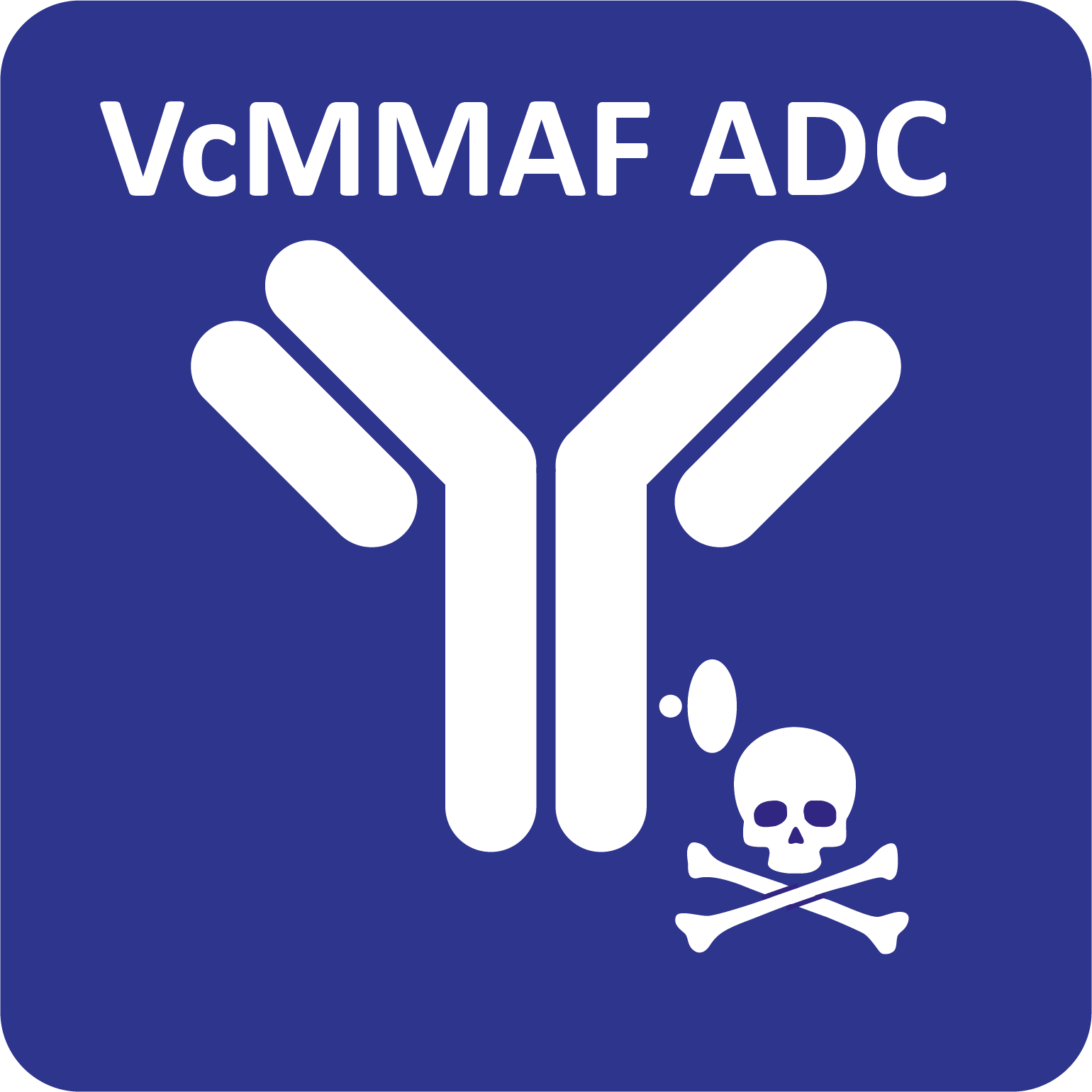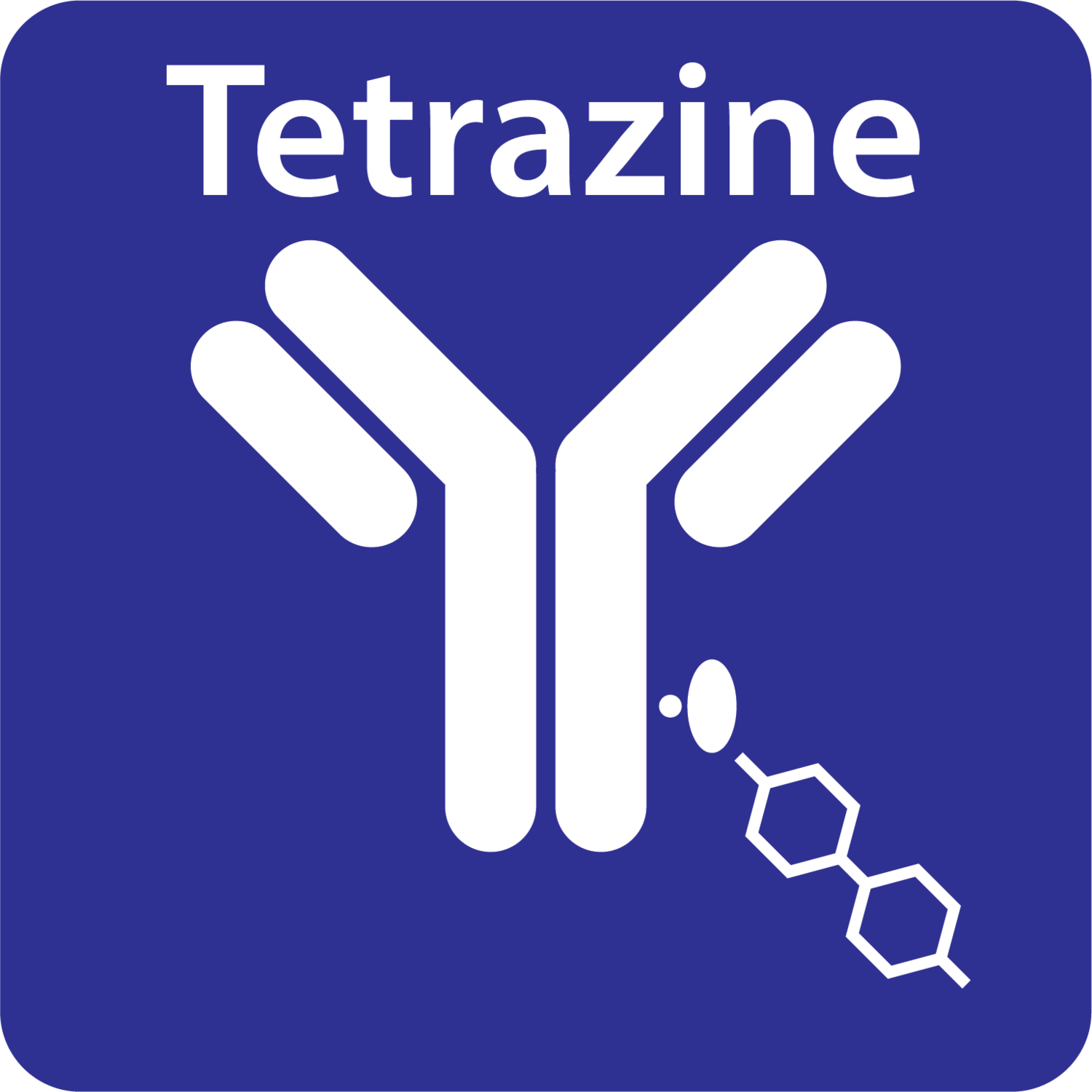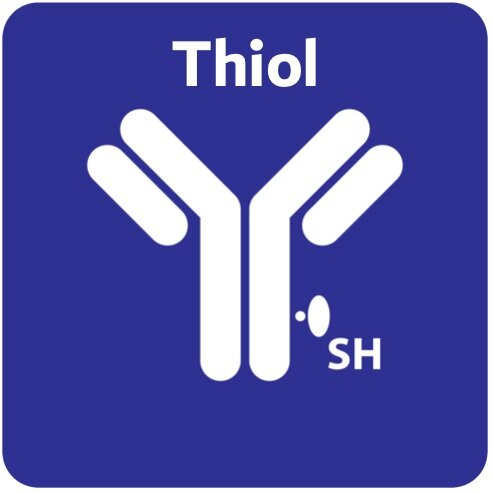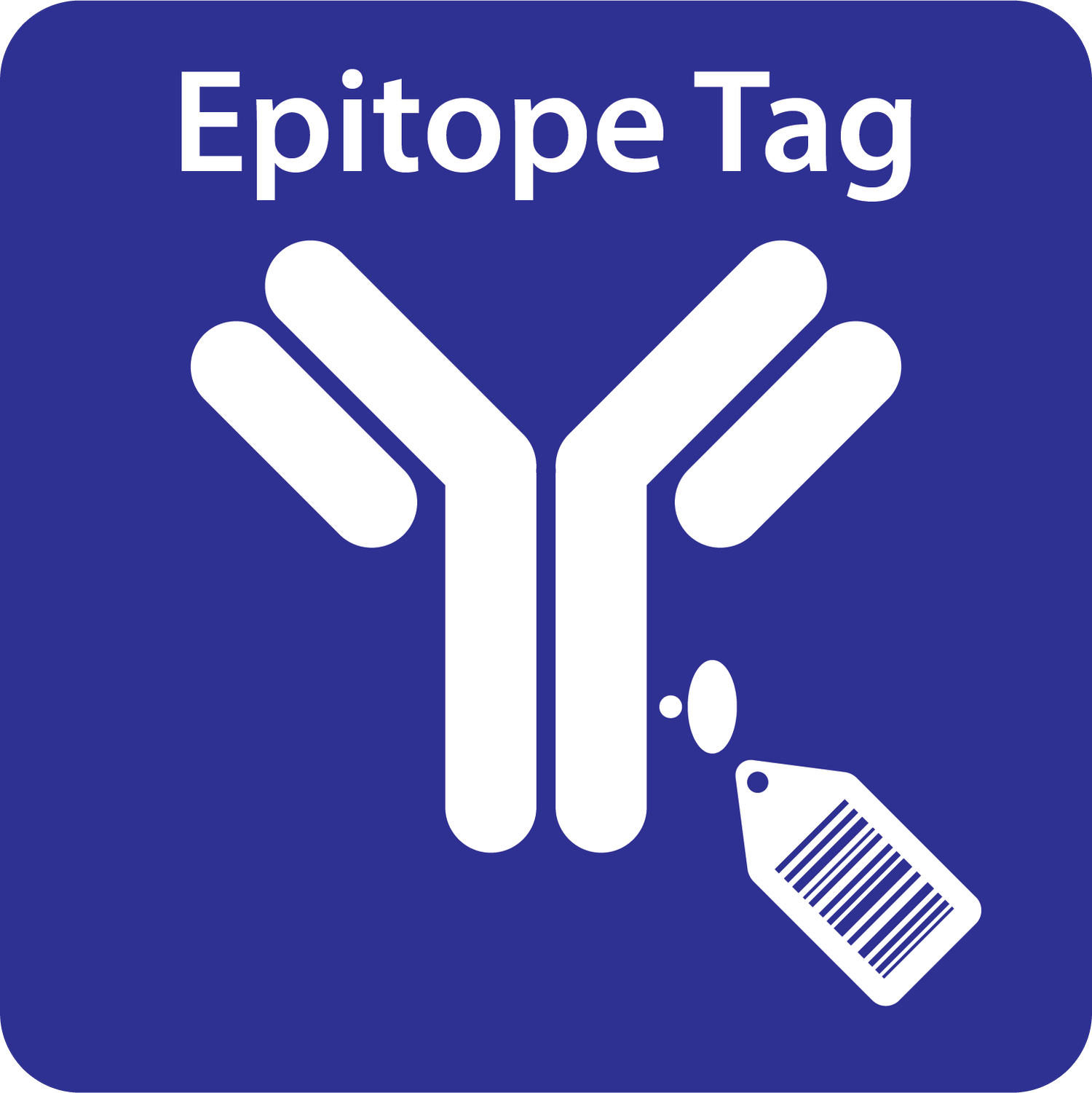Your cart is currently empty!
And Achieve Experimental Reliability and Reproducibility
Click Chemistry describes a series of rapid and selective reactions that take place under mild conditions to covalently join two molecules. The term ‘Click Chemistry‘ was first introduced by Sharpless et Al. in 2001 [1] and was developed to exploit the power of molecular assembly for the widest possible range of applications.
Click chemistry reactions offer advantages of being fast, selective and easy to perform, and are thus a powerful bioconjugation tool used within the life science, materials and pharmaceutical sciences.
Despite the advantages of click chemistry, researchers are often presented with challenges when applying this chemistry to the antibody labeling process. These include:
-
Reduced antibody functionality:
When conducting a click chemistry reaction on an antibody, the antibody must first be labeled with a click reagent. There is always a risk that this click reagent may attach at the antigen binding site, which will lead to reduced antibody functionality.
-
Low reaction efficiency:
When performing click chemistry reactions, the reaction efficiency is dependent on the concentration of the reactants, one of which is the antibody that has been labeled with a click reagent. Since antibody concentrations are typically in the low micromolar range, low for most chemical reactions, the click coupling reaction can be quite inefficient.
Introducing oYo-Link® Click Chemistry reagents for 10x more click reaction efficiency

AlphaThera’s oYo-Link® Click Chemistry Reagents offer a unique approach to labeling antibodies for subsequent click chemistry reactions, helping researchers to achieve up to 10x higher reaction efficiency, and ensuring there is no impact on antibody binding.
oYo-Link® reagents consist of low molecular weight (~8 kDa), high-affinity antibody-binding domains that possess a photo-crosslinker within their Fc-binding site. Upon illumination with non-damaging Black-light, oYo-Link forms a covalent bond with the antibody. This procedure is referred to as Light-Activated Site-Specific Conjugation
This approach to antibody labeling affords several advantages when labeling antibodies for subsequent click chemistry reactions. These include:
-
Performing the click coupling prior to antibody labeling for a 10x increase in reaction efficiency
Because oYo-Link® enables the click reaction to take place prior to antibody labeling, it can be performed under very favorable conditions in which the oYo-Link® Click Chemistry product and the desired cargo to be clicked to it can be maintained at very high concentrations. Only after the click chemistry reaction is complete is the antibody labeled. Therefore oYo-Link® reagents enable highly efficient click reactions, achieving up to 10x higher efficiency than other approaches, which require the click reaction to be performed directly on the antibody!

-
Site-specific labeling for reliable and reproducible experiments
oYo-Link® enables site-specific labeling of the Fc region of the antibody, with up to two labels per antibody. Any cargo that has been clicked onto oYo-Link® is only attached to the antibody’s heavy chain, ensuring there is no interference with antibody binding. Furthermore, site-specific labeling limits attachment of 1-2 labels per antibody, providing precise antibody-conjugate ratios. This site-specific labeling ensures reliable and reproducible experiments, minimizing wasted time and materials that will occur from poor antibody functionality.
oYo-Link® Click Chemistry reagents offer several other advantages over traditional labeling approaches and technologies. These include:
-
Rapid & efficient labeling: Labeling reactions require just two steps – mix and illuminate. Less than 30 seconds hands-on time is needed, and conjugates are ready in just 2 hours.
-
Robust buffer compatibility: oYo-Link is compatible with all common buffers (including Tris and Sodium Azide), works in the presence of storage proteins (e.g. BSA), and is insensitive to a wide range of pH values. Therefore there is no need for purification prior to antibody labeling and subsequently no antibody loss. View our buffer compatibility chart here.
-
Label as little as 1ug of antibody per reaction, and work with concentrations as low as 50ug/ml.
-
Save for later: After resuspension, aliquot and save for future reactions.
The oYo-Link Click Chemistry range currently consists of Azide, DBCO, Tetrazine and Thiol. View the full range of products here.

Performing Click Chemistry Reactions using oYo-Link®
It is important to perform the click chemistry reaction prior to labeling the antibody labeling. This is to maximize the reaction efficiency, and to prevent the UV illumination, used in the photocrosslinking process, from damaging activity of the label (applicable to DBCO and Azide).
Step 1: Performing the click reaction
Mix the oYo-Link click chemistry reagent with a 1.5-fold molar excess of the labeled molecule of interest. The reaction should be kept at the highest concentration possible to maximize the reaction efficiency. Incubate for 2 hours at 37°C or incubate at 4°C overnight. Then precede to step 2 – the antibody labeling protocol.
View the click chemistry protocols for each oYo-Link product here.
Step 2: Antibody labeling protocol
Antibody labeling with oYo-Link® is extremely quick and easy, with only 30 seconds hands-on time, and with conjugates ready within 2 hours.
Simply add the antibody to the oYo-Link + click reagent mix, then place under a long-wavelength UV (~365 nm) light source. UV illuminate the mixture for 2 hours to ensure maximum conjugation efficiency. Once complete, the antibody is ready to use!
View the antibody labeling protocol here.
Check your antibody compatibility here.
For more information about the oYo-Link range of click chemistry reagents click here, or contact our support team at support@alphathera.local.
1. Kolb HC, Finn MG, Sharpless KB. Click chemistry: diverse chemical function from a few good reactions. Angew. Chem., Int. Ed., Engl. 2001;40:2004–2021.


